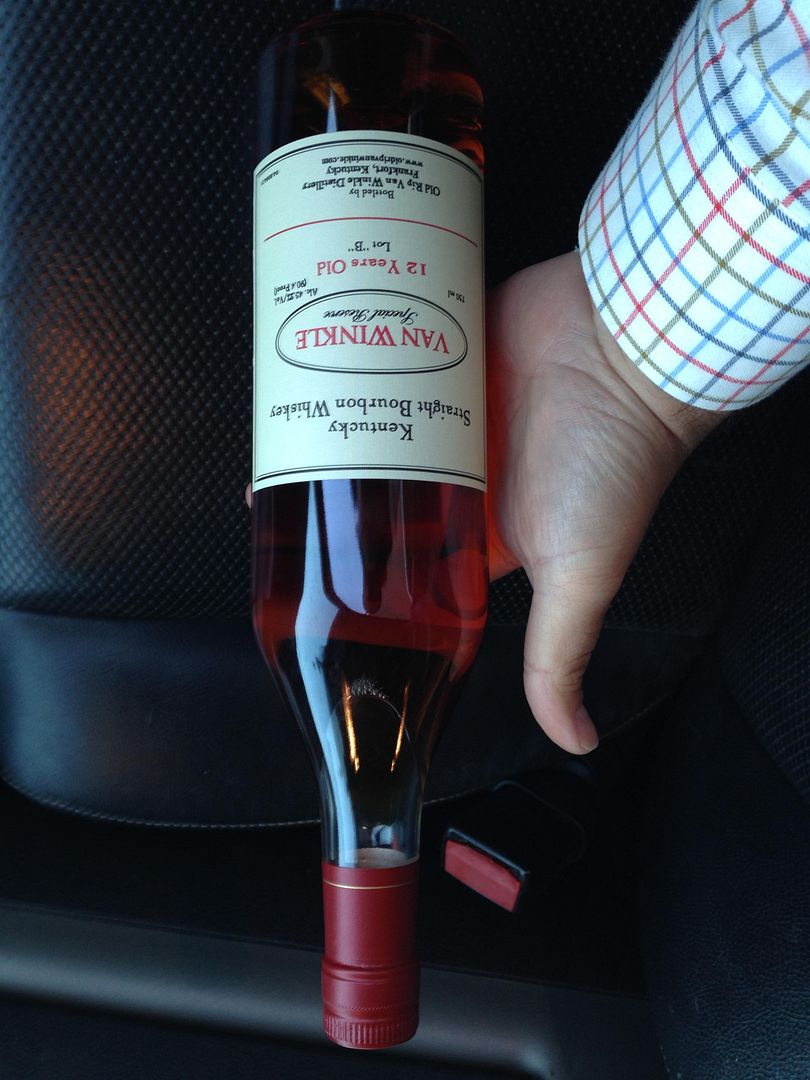I like to mix my whiskey with coke. And my favorite, everyday brews to mix with are Jim Beam and Crown Royal. Very smooth and sometimes just too good --- I get to feeling a little froggy.
A more expensive whiskey that I really like is Woodford Reserve. It is an excellent sipping whiskey straight up.
I haven't tried it yet, but I've got a gallon plastic jug of Old Crow out at the Wooly Swamp that I am willing to share with anyone who wants to stop by and partake in this nectar of the Kentucky highlands.

Here is the story of Old Crow:
History
In 1823, a physician called Dr. James Crow, moved to Kentucky because he was looking to start a new life because of bankruptcy.
Crow was beginning to get his new life in order when he went to work for Colonel Willis Field, a distiller on Grier's Creek near Woodford County.
Crow took his scientific and medical training to what had been a very haphazard business and the results were astounding. He was able to achieve a consistency of quality never before imagined, one which would give a distiller the ability to make production commitments that could actually be met.
Dr. Crow soon moved to the town of Millville on Glenn's Creek and for the next twenty years he was in charge of the Oscar Pepper Distillery (later to become Labrot & Graham) on McCracken Pike. Later he went to work for the Johnson Distillery a couple miles north on Glenn's Creek Road.
That distillery later became Old Taylor. He worked there until his death in 1856. Because of his development of methods that would ensure continuity and consistent quality (including the use of measuring devices and the knowledge of how the sour-mash process actually works) many consider Dr. James Crow to be the true father of Bourbon.
The man who became the new master distiller, William Mitchell, had worked directly with Crow and knew all his methods. His continuation of Old Crow whiskey was identical to the original. He in turn taught this to his own successor, Van Johnson.
Dr. Crow never actually owned a distillery, though. The enormous Old Crow distillery which sits on Glenn's Creek today was built around 1872, 16 years after he died.
Old Crow whiskey was made here, in essentially the exact same way, until Prohibition , and then again after Repeal.
National Distillers owned it then, but they had made no changes in the way the bourbon was made. Then, sometime during the 1960's, the plant was refurbished and formula was changed. The new version was different, and there was some public outcry, but National continued to use it until they were purchased by Jim Beam Brands in 1987.
Old Crow was also a top seller, competing with Jim Beam for #1 bourbon through most of the middle decades of this century. When bourbon sales started to tumble, Old Crow suffered more than most.
Jim Beam absorbed National Distillers, owner of Old Crow, in 1987 and immediately closed the distillery (they still use the warehouses).
The Old Crow you buy today is essentially the same whiskey as Jim Beam White Label, or maybe not even quite that good. Beam considers it a "bottom shelf" brand. They don't give it much support and they certainly don't put their best whiskey in the bottles.
Since I have reached the age where I am not quite as good as I used to be ---like Old Crow whiskey ---- then perhaps I am ready for the Old Crow experience.

The right Rev. T. Moore, back in his day, was quite partial to this brand of whiskey. And that is quite an endorsement. So, drop by and visit at the Wooly Swamp. We'll raise our whiskey glasses of Old Crow, and toast T. Moore, the upcoming duck season, the merciful end of football season, big legged women, peace in the Scatters, good dogs past and present, and becoming "Old Crows "ourselves.
You can't drink all day if you don't start in the morning.

